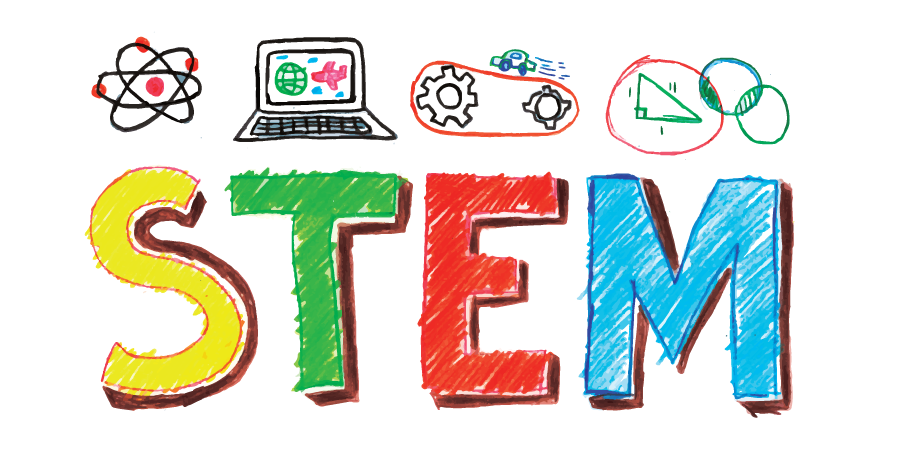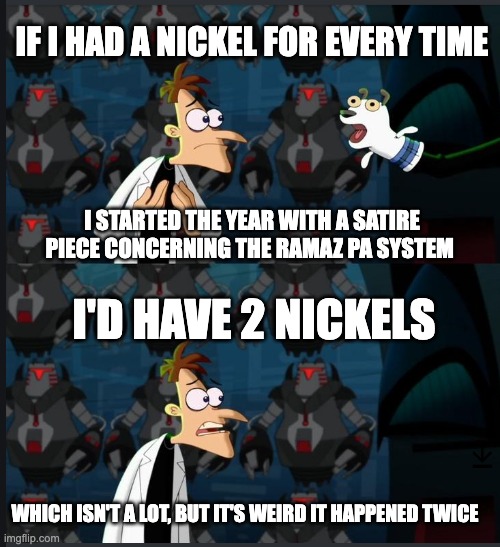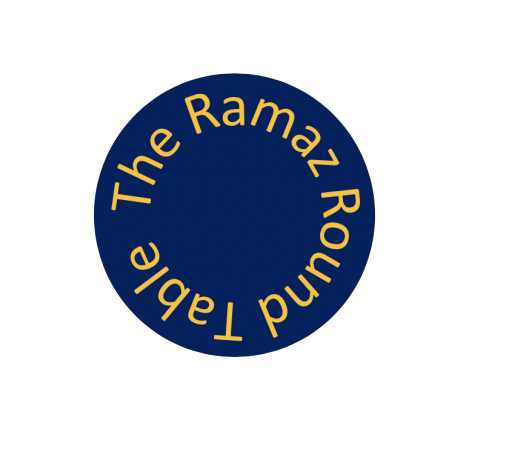A Revolution in Technology
“No young person in America should miss out on the chance to excel in STEM fields just because they don’t have the resources,” said former President Barack Obama in 2015.
Obama was obviously not referring to private schools on the Upper East Side, but his statement did bring a lot of attention to STEM study in both grade and high schools, and now, three years later, Ramaz has officially added STEM to the curriculum.
Up until Fall 2018, there was no class in Ramaz that covered material in one of the most important new areas of study- science, engineering, technology, and math, or STEM. Many students wanted to be involved in coding and engineering, and the only opportunities were to attend one of the clubs initiated and run by fellow students such as Women in STEM, Engineering or Coding. The clubs meet after school, and often students who wanted to attend were not able due to conflicts. For them, RamTEC is a welcome opportunity. “As someone who has not had any prior coding experiences, I am really happy to be in an innovative tech program. Because we are living in a high tech world, these skills are important to learn,” noted Samantha Sinensky ’21.
The science department designed RamTEC as an introduction to the field, meeting just once or twice a week depending on the rotation. Still, students are left wondering if the class was initiated a little too late: in an extensively digital age, the upperclassmen, in their three or four years at Ramaz, have had almost no technology or coding exposure. Can RamTEC really have an effect and give students anything more than a basic overview at best? According to Joey Kaplan ’20, “The class does not meet enough times to be considered a “real class.” Also, since it does not go on your GPA, students tend to try less and study less for the quizzes.”
In truth, STEM really extends beyond the meaning of the acronym. According to the website livescience.com, STEM is “a curriculum based on the idea of educating students in four specific disciplines — science, technology, engineering and mathematics — in an interdisciplinary and applied approach.” Rather than only teach each subject separately, STEM classes integrate them together and tend to focus more on thought and process and real-world scenarios which helps gear students toward future careers that can require some of what is taught in a typical STEM class. The current Ramaz curriculum includes computer coding languages for more advanced Juniors and Seniors and basic engineering concepts and circuit building for Freshman and Sophmores.
While the administration deserves credit for instituting RamTEC this year, the courses do not meet enough times in the week for students to take away anything but very superficial knowledge, kind of like learning Parsha during Talmud class. The only real difference is that Ramaz students already have the base knowledge of Chumash and Rashi and the ability to dive deeper into the text should they wish to. Now the school is just touching upon the idea of STEM in the course, and without a more serious and frequent curriculum, Ramaz students won’t be benefitting anymore than graduating high school knowing that Ohm’s Law is not a legal term, Java is not a type of coffee and that Python isn’t a snake.




